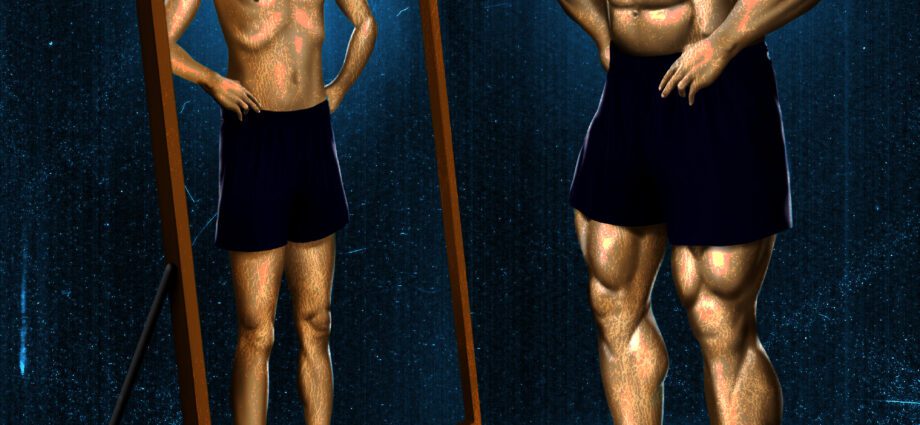Contents
bigorexia
Bigorexia is an addiction to sports. This behavioral addiction is treated with therapy, including cognitive and behavioral therapy.
What is sports addiction?
Definition
Bigorexia is an addiction to physical activity, also called an exercise addiction. This addiction is part of behavioral addictions, such as addiction to video games or to work. an imperious and constantly increasing need, with in the event of forced stoppages of the practice (injuries, problems with the schedule), the manifestation of more or less intense physical and psychological signs of withdrawal ”.
Causes
Several hypotheses have been made to explain the reason for a sport addiction or bigorexia. The role of hormones produced during sports activity could play a role in this addiction, endorphins in particular. These hormones are released by the brain during and after intense physical activity and they stimulate the dopaminergic circuit (pleasure circuit) which would explain the feeling of pleasure and well-being in people practicing sport. The causes of addiction to sport could also be psychological: people addicted to sport thus relieve their stress, anxiety, or pain related to an event, present or past. Finally, bigorexia could be linked to an Adonis complex. Intensive sport is then a way to achieve a “perfect” body to increase your self-esteem.
Diagnostic
The diagnosis of bigorexia is made by a doctor. There are exercise addiction criteria.
The people concerned
Frequent in high-level athletes, addiction to sport also affects athletes with moderate activity. Bigorexia would affect between 10 and 15% of athletes who practice their sport intensely.
Risk factors
Some people are more predisposed than others to addiction. Some are more sensitive to the effects of endorphins.
Athletes looking for performance or an ideal physique are more at risk of developing bigorexia, as are those who need to fill emotional voids or fight against a high level of stress.
Addiction to sport could be self-therapy for people who are deeply unhappy.
Symptoms of bigorexia
People who play sports intensively do not develop an addiction. To speak of addiction to sport, a certain number of signs must be present.
An irrepressible need to practice a sport
People with bigorexia devote more and more time to physical activity, leaving their personal and professional lives behind. Sport becomes the priority.
An increase in the time devoted to sport accompanied by obsessive behavior
One of the signs of bigorexia is that the sufferer develops an obsession with his physique, his weight, his performance.
Signs of withdrawal when stopping sports activity
The person who has developed a sports addiction presents withdrawal symptoms when deprived of sports activity (in the event of an injury for example): sadness, irritability, guilt …
Reckless risk-taking
Addiction to sport pushes athletes to push their limits even further, which can be the cause of injuries, sometimes serious (fatigue fractures, muscle injuries, etc.). Some people with a sports addiction continue to practice sports despite a serious injury.
Other symptoms of bigorexia:
- Feeling of not being able to stop exercising
- Ritualization of training and obsessive repetition of gestures
Treatments for bigorexia
Bigorexia is treated like other behavioral addictions by following therapy with an addictologist psychiatrist or a therapist specializing in cognitive and behavioral therapies. There are also sports psychologists who can help athletes with bigorexia.
Relaxation sessions can also be helpful in overcoming stress and anxiety.
Prevent bigorexia
Certain sports disciplines are known to be more at risk of developing an addiction: it is endurance sports such as jogging (they are also the ones that have been the most studied in the context of work on sports addiction), but also sports which develop a body image (dance, gymnastics…), sports where training is very stereotypical (bodybuilding, cycling…).
To prevent bigorexia, it is advisable to diversify your sports activities and to practice them in a group rather than alone.










